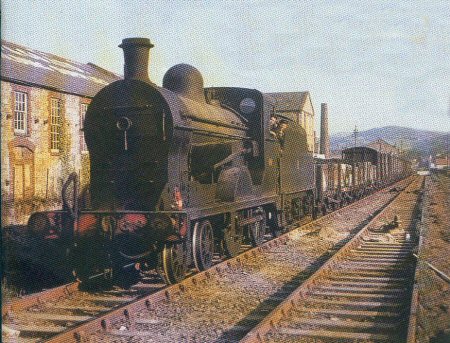Newry’s first Railway Station was neither Edward Street nor Dublin Bridge, but was located at a red-brick building down the Warrenpoint Road in a place that later became the Abattoir.
It was a few years later – in 1861 – that Dublin Bridge Station replaced it and a further few years before Edward Street Station linked Newry with
But before the railway age – and after the canal age – when roads were dirt and of poor quality, it was horse-drawn coaches that were the main form of transport. In the early 1800s our
Before the coming of synthetic materials, leather was a universal and common commodity, especially in farming and cattle-rearing areas. The cattle hides were cured and made into leather and leather products in places that were sometimes known as Tan Yards or Tan Opens. Bassett’s 1886 Directory, for example, names SEVEN of them between Marcus Square and the start of Chapel Street (Tom McKeown has written here about the latter one!).
Ballybot – the district between
